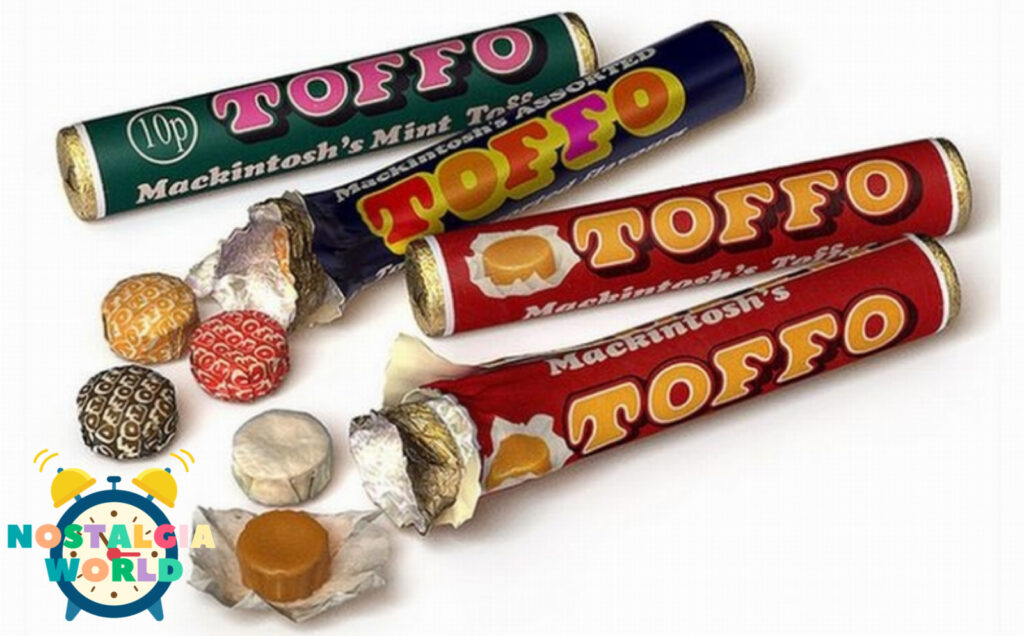Rolos were introduced in 1937. During the war, chocolate was rationed, and there are many accounts of a child buying rolo as their chocolate snack.
The name refers to the rolled style format of the rolo candy.
The candy was first introduced by Mackintosh’s, however licensing has been bounced around throughout the years until it reached Hershey’s for all USA distribution, and Nestle for the abroad.
Also called Rolo due to the “ability to roll”.
“Who would you give the last rolo to?”
1912: Chocolate was first made
1917: Introduction of Toffee De Luxe in various flavours, including chocolate coated
1932: A.J. Caley and Son Ltd. Norwich was acquired and a wide variety of chocolates introduced.
1937: Rolos introduced
1950 First shipment of Quality Street to USA
1890: John Mackintosh and wife Violet opened a pastry-cook shop in King Cross Lane, Halifax. Seeking a speciality they blended together, for the first time, brittle English toffee and soft American caramel. They named it “Mackintosh’s Celebrated Toffee’ and it formed the origin of modern toffee.
1902: They ran the first consumer competition as sales promotion with first prize of model village cottage or £250. Another competition offered a £30 per year scholarship
Nestle began as a condensed milk company.
Henri Nestlé, the founder of the company, mixed condensed milk and flour into a substitution for those who cannot breastfeed.
In 1878, the original condensed milk company began to rival nestle on the ‘flour milk’.
In 1904, they began to sell chocolate products.
In 1987, they bought the rights to UK rolo
People loved Rolos so much, it was copied.
Introduction in 1937
2,000 years ago, in what is now Ireland, the Celts had a holiday that was like no other. It was between the end of the summer and harvest and the beginning of winter. It is said that on October 31st, the worlds of the living and dead blurred; spirits of those past came back and priests were able to better predict the future. This was known as Samhain. The people would wear costumes to warn off the dead.
From this night, Pope Gregory the 3rd designated the following day as the day to honor the Saints. The night before incorporated traditions of Samhain.
Going door to door for candy is said to come from poor people going between houses and asking for food in exchange for prayers for dead loved ones.
Whenever the Irish fled the potato famine, Americans seemingly took over these traditions and Americanized them into what we know today.





